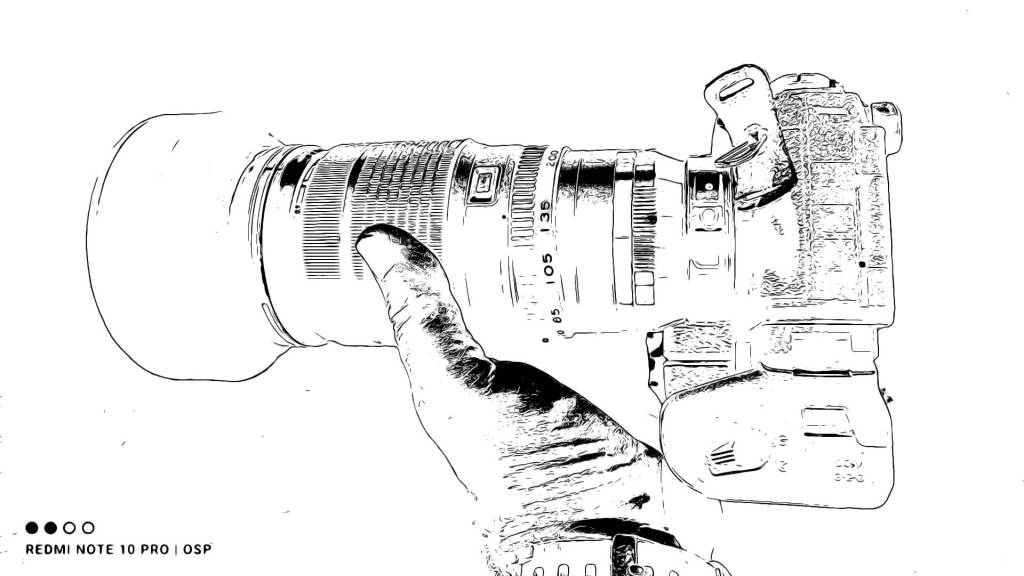
If you had asked me in the past about using a battery grip, my answer would have been a resounding “never.” Reflecting on those times, I recall my Pentax K-3, which was both bulkier and heavier than the Olympus E-M1 MKII & III. Weighing in at 800 grams, it offered 560 shots per battery. Similarly, my Fujifilm X-H1 was no lightweight either, surpassing even the Pentax in heft. At 673 grams, it was 100 grams heavier than the Olympus, providing approximately 310 shots per battery.
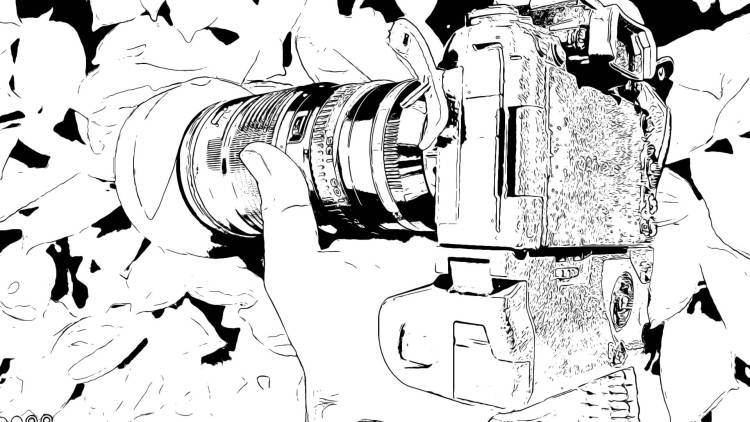
Given that both cameras already felt substantial in my hands, the idea of attaching a battery grip seemed to add unnecessary weight without necessarily improving handling. Moreover, carrying an extra battery in my pocket for extended shooting proved more convenient than relying on a battery grip. The costliness of these grips and the superfluous burden they imposed further dissuaded me.
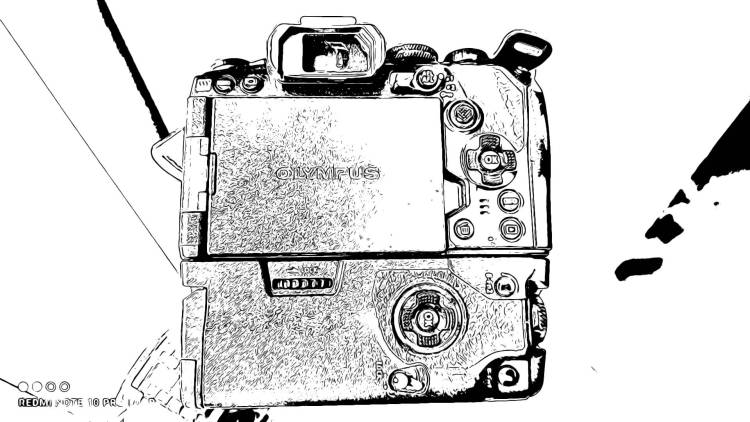
So, why did I consider to purchase a battery grip for my Olympus E-M1 Mark III ?
Well, there are actually several reasons behind my decision. First and foremost, I realized that when using long lenses such as the 40-150mm pro, 300mm pro, and Leica 100-400mm, the camera felt relatively small and was more challenging to handle. In my quest for a solution, I conducted some online research and discovered that many other bird photographers opted for a grip to achieve better balance between the camera and the long lens.
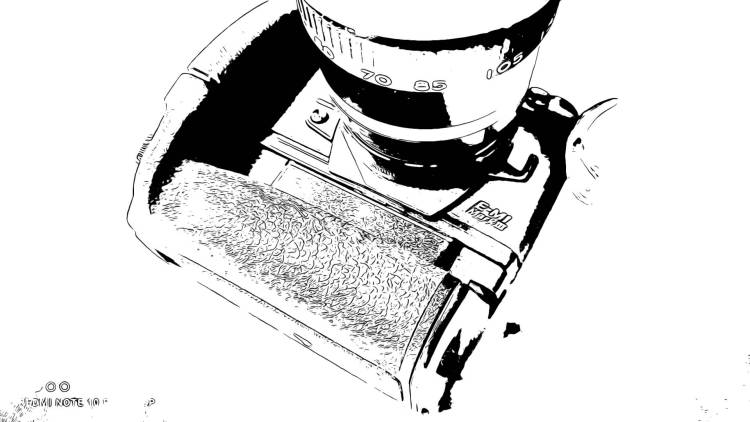
Moreover, I noticed that bird shooters with the Olympus E-M1X felt that this much beefier camera enhanced their experience when using long lenses. This made me consider buying an E-M1X as well, particularly due to its bird recognition feature. However, after conducting a thorough comparison on Camera Decision and various other review and comparison sites, I concluded that the E-M1 Mark III was likely an evenly if not better camera to the E-M1X, even without the bird recognition capability. Additionally, the E-M1X was significantly heavier, weighing approximately 997 grams for the camera alone compared to the E-M1 Mark III’s 580 grams.
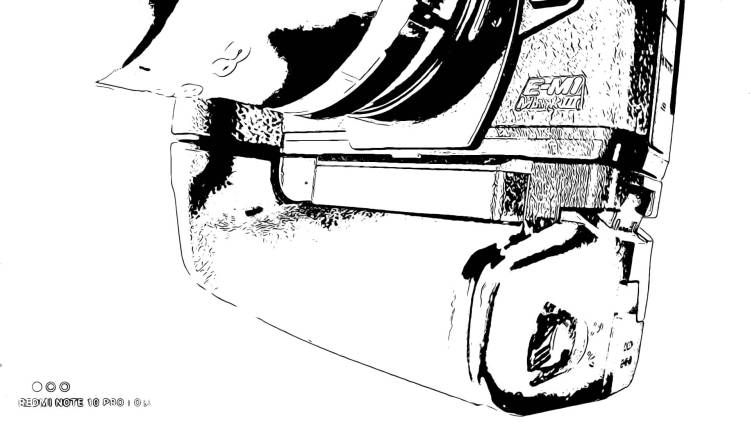
The Olympus HLD-9 weighs 255g, and increases the number of available shots to 840, which is almost as much as the E-M1X.
Mounted on the E-M1 Mark III the total weight would then be about 840gr, compared to the 997gr of the E-M1X it was still a bit of weight gain.
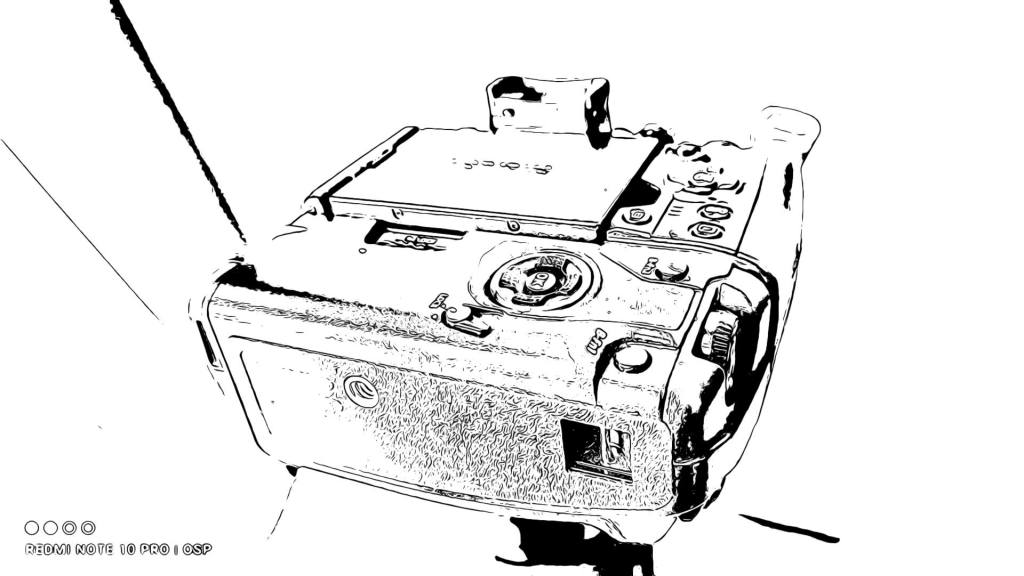
I also came across a post on mu-43.com where a user shared his experience with the HLD-9. According to the post, having two batteries readily available significantly improved his ability to capture unpredictable birds and wildlife. To ensure prolonged camera activity, he preferred deactivating the sleep mode, as it tended to drain the battery more quickly, and I can totally understand that.
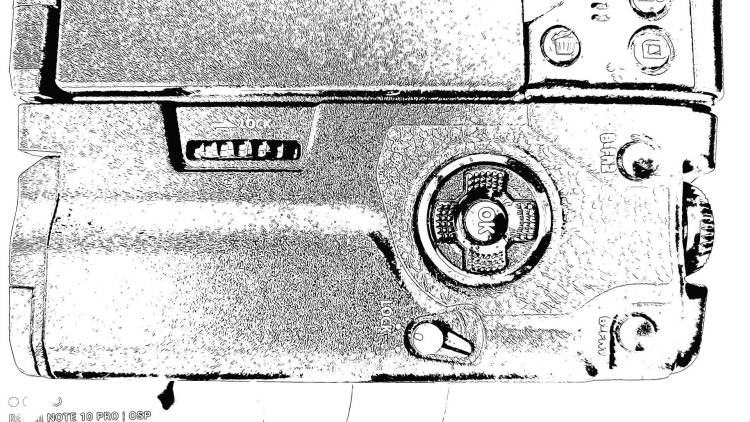
Given these factors, I pondered the situation and ultimately decided to equip my E-M1 Mark III with a battery grip.
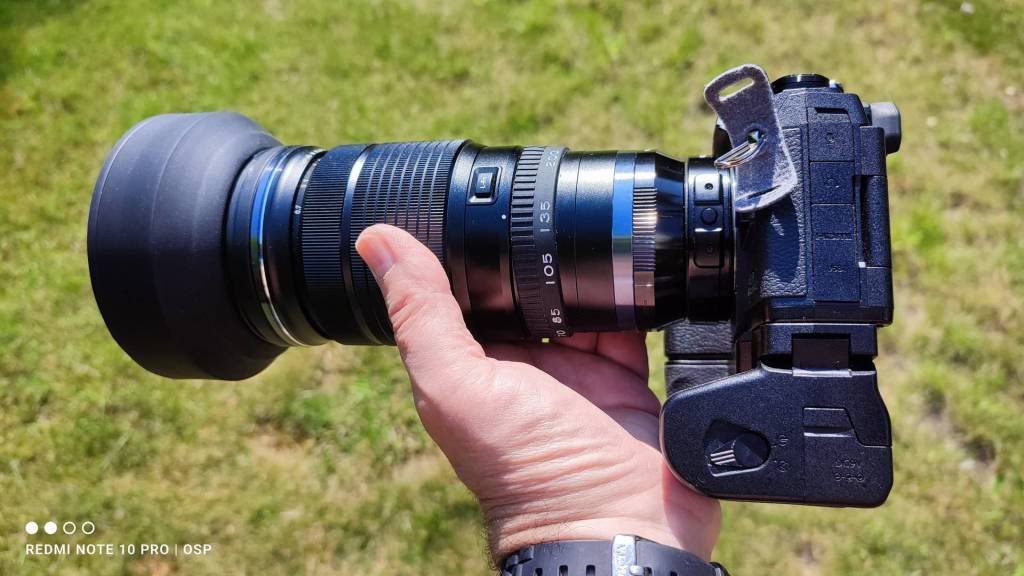
What have I experienced as benefits:
I removed the tripod collars from the lenses because I always shoot handheld anyway,
as a result, in addition to your right hand having more grip on the camera, you can also rest the camera on your palm while supporting the lens with the rest of your hand.
This really gives you a lot of extra stability, which is especially useful with the 40-150 mm, because it has no lens stabilization.
But even if you kept the tripod collars, the combination lens – camera – grip gives a lot more balance.
The extra battery power indeed gives you the possibility to leave the camera on for much longer, and I found that on day trips I no longer ran out of power, because that usually happened at critical moments before.
Some people have complained about the fact that there are not two batteries in the grip.
Well, the battery grip is quite compact, and two batteries would be hard to fit without making the grip wider than the camera.
Personally, I think there is always something to nitpick.
More batteries also means more weight to hold, and didn’t we all switch to Olympus for its more compact and lighter kits than the competition ?
If you really need the extra power, you can always put extra battery’s in your pocket.
What have I experienced as cons:
The battery grip inevitably makes the camera bigger and squarer, making it a bit more difficult to fit in a carrying bag or backpack.
With normal lenses, wide angle, and smaller telephotos than the three aforementioned and macro lenses, the larger grip has little advantage, and with macro lenses it can get in the way.
Unless used with the 40-150mm, 300mm and 100-400mm telephoto lenses, the grip takes away one of the main assets of Olympus cameras, namely their compactness and light weight.
Whether the extra power and easier portrait shooting still outweighs the increased volume and weight is something for you to consider.
Final conclusion:
In my own experience, as someone passionate about bird and wildlife photography, having a grip with extra power offers distinct advantages. However, in all other situations, the added cost, bulk, and weight are unnecessary. I also hold the view that the grip undermines one of Olympus’ core benefits, which is mobility. However, this perspective may differ for you, and ultimately, the decision rests with you.
Battery Settings E-M1 Mark III : Menu -> J2 -> Battery Priority -> set PBH Battery
The other choice is Body Battery, but it is better to use the battery in the grip first and the battery in the camera last.

The photo gallery of Open Source Photography, Olympus micro 4/3 system, Vintage Lens Photograpy, Film Simulation, PictureFX, HDR – Photographer : Marc R.
Discover more from Open Source Photography
Subscribe to get the latest posts sent to your email.


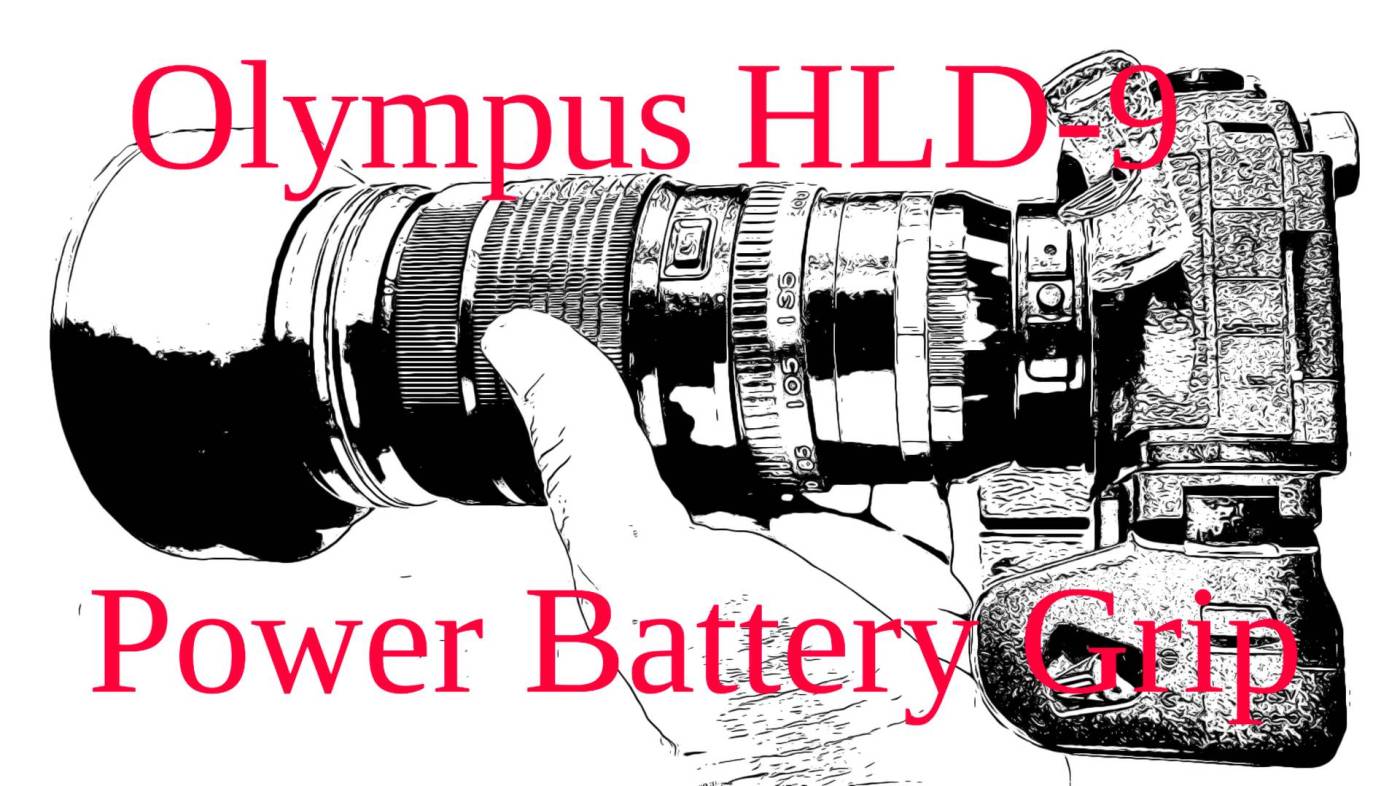

Thank you for sharing this particular experience about using vertical power camera grips. As you have rightly mentioned the vertical grip are a excellent match when we are using heavier optics. Moreover if you are doing a lot of vertical composition such as portrait, it improves significally the handling of the camera-lens combo. You can also alternate a third battery on the spot when the one of the grip is exhausted leaving the other in camera intact.
My experience with the Fujifilm X-H1 was very interesting although it recalls me my pro-analog days with the Nikon F4 or F3HP/MD4. Yes the X-H1 is bulky especially with the optional grip but what a marvelous viewfinder!
So, optional vertical grips can be a very useful accessory for the photographers with specific needs and motivation to hold them… 😉
Kind Regards
LikeLiked by 1 person
Thanks for your comment Daniel,
i appreciate it very much !
As a photographer, I’m not good at capturing people, it’s just not for me.
Portrait mode is therefore something that rarely happens to me, in my case it is really exclusive for use with long lenses.
I also liked the Fujifilm X-H1 for its great viewfinder, it’s just a great camera too,
I therefore hesitated for a long time before switching to Olympus.
But for nature photography, birds and animals, Olympus suits me best.
In my analog days I had a Pentax Spotmatic and Fuji ST701, so everything that came after that was really different 🙂
All the best to you Daniel !
LikeLiked by 1 person
I had a grip for my EM1 II but rarely used it due to the extra bulk and weight. I did find it great at a wedding shoot – aside from the extended battery life, it made switching from portrait to landscape more comfortable and convenient. Another advantage is for extended exposure Astro shooting, it is possible to power the camera through the grip from a third party power supply for lose lovely star-trails 😉
LikeLiked by 1 person
I completely agree with you Tone, normally I would never use a grip, but with the long telephoto lenses it is an added value.
Especially with the 300mm f4 Pro.
Your tip about the power supply is great, I hadn’t noticed that myself, thanks !
All the best !
LikeLiked by 1 person